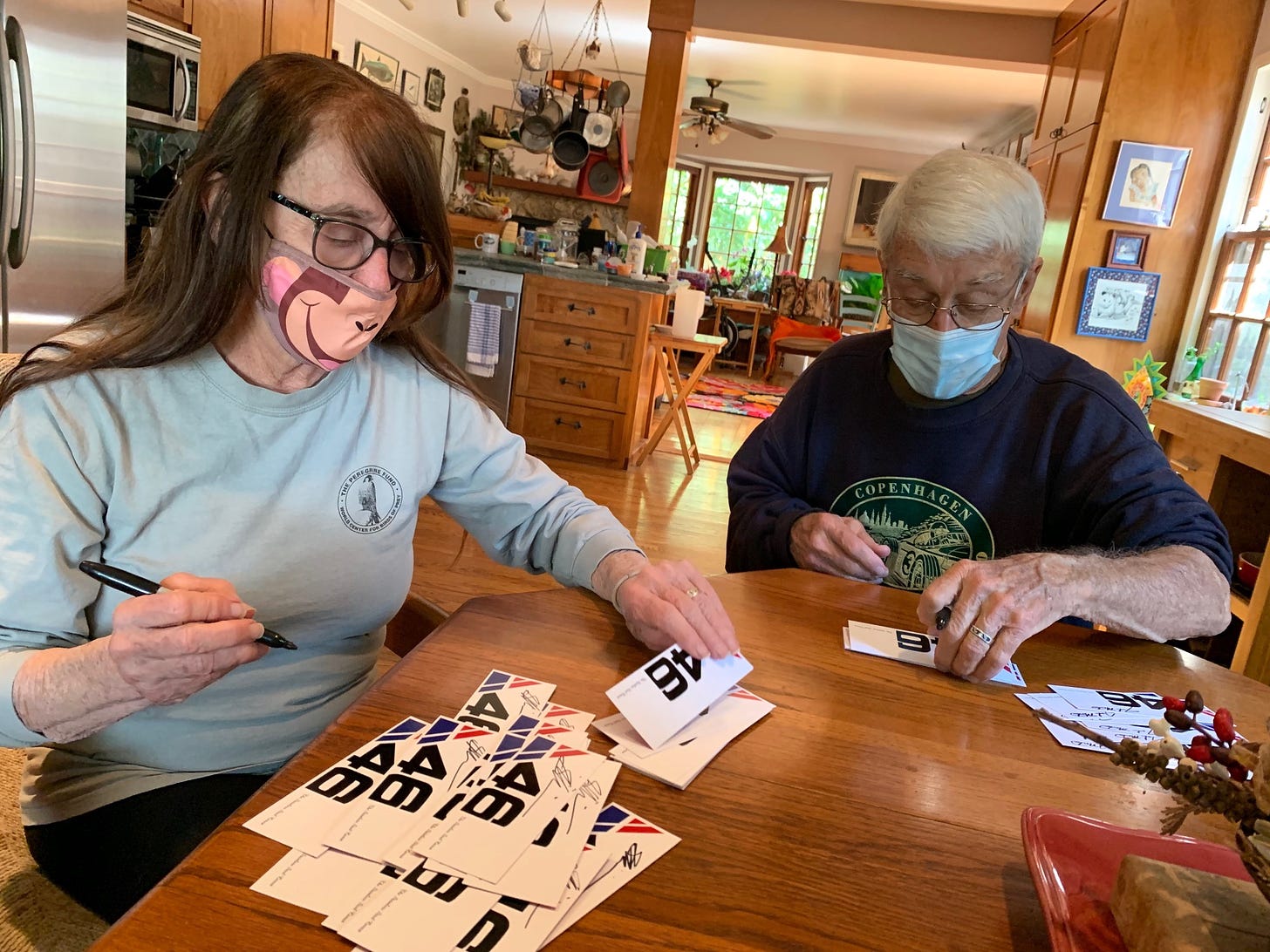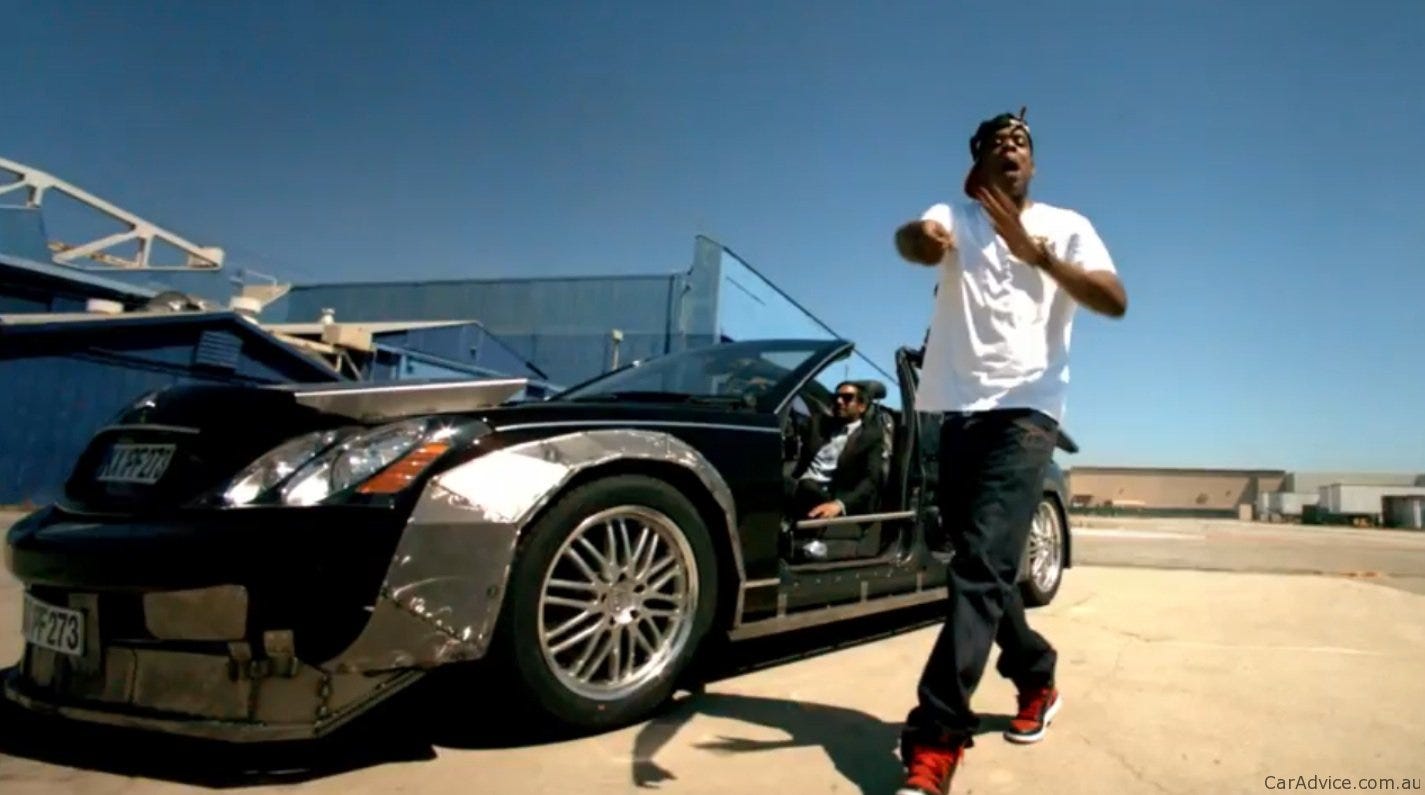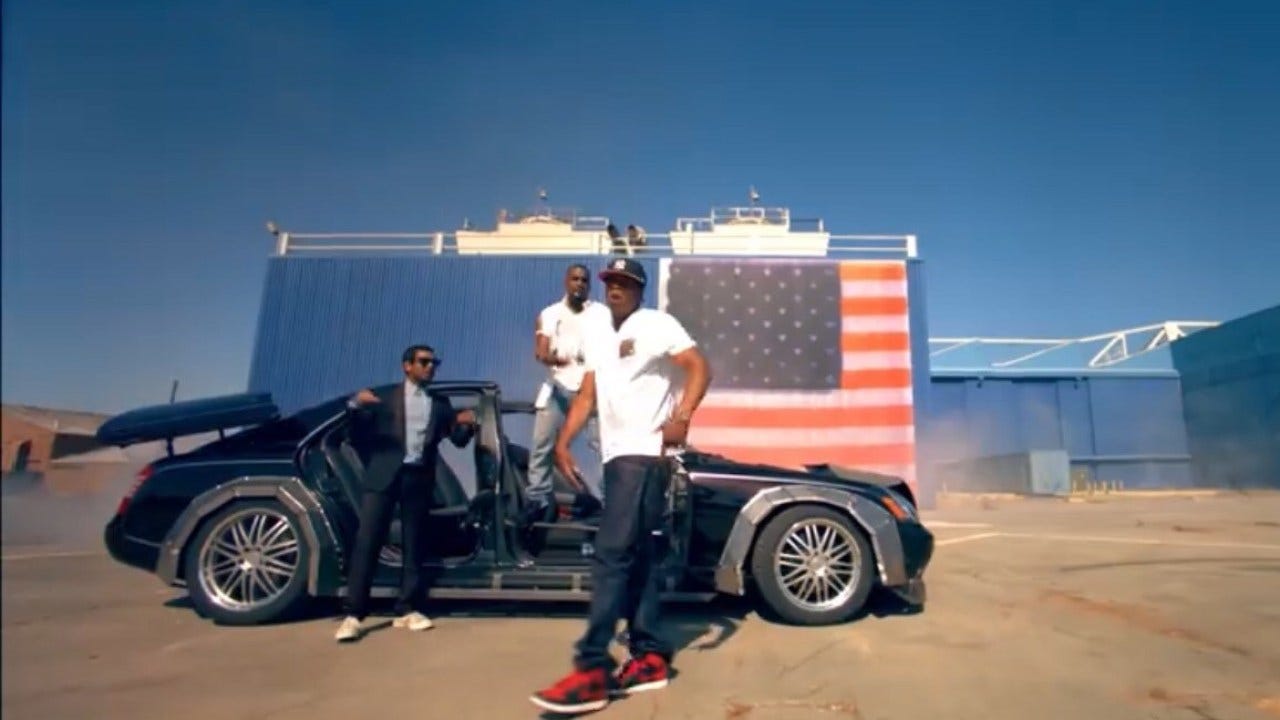The Myth of Automotive Purity is Age-Old Horseshit
How we're finally breaking through the snobbery.
HAPPY RACE DAY, especially to the tiny New Mexico town famous for its lowriders. Shoutout to Mack Hogan of Road & Track on a fantastic job with the story.
IF YOU JOINED US last week, you know that we opened preorders for the first-ever eBook version of the 1973 classic The Stainless Steel Carrot at CarraraBooks.com.
Over the weekend I visited with Sylvia Wilkinson, author of the book, and John Morton, its star, to catch up and hear more stories from those Datsun days.
Lucky for us, they also autographed ALL of our custom-designed bookmarks. So when you pick up your copy of Carrot, be sure to grab one of these for just $5 as well.
This is an incredible project and I’m honored to play a part. Even better, at Wilkinson’s request, proceeds are benefiting local animal and wildlife shelters.
Thank you to everyone who preordered the book already — I can’t wait for you to read it, and stay tuned for more news coming on this exciting chapter.
Here’s this week’s top article:
A Short History of the Automotive Blasphemy Lie
PART OF THE JOY in repurposing The Stainless Steel Carrot as an eBook has been discovering how much of the 50-year old story is still relevant today. Recently, one passage stood out to me in particular.
In discussing the early days of California street racing, BRE team member George Boskoff said the following:
“We were driving A Models that we set up… That was when all those A Model restoration clubs were down on Californians because we were cutting up all the A Models we could get our hands on and making hotrods out of them.”
Boskoff, back in the early ‘70s, was talking about a group of enthusiasts that still today tend to take things a bit too seriously. Purists. These are people who think there’s only one way — in their minds, the correct way — to care for certain cars.
Of course, Model A hotrods would grow to become insanely popular and a cultural icon of the 1950s. But here Boskoff is describing people who considered it a desecration at the time.
THERE IS NO RIGHT WAY TO LOVE A CAR. This concept, that there’s a right way to love cars, drive cars and build cars does more harm than good. By definition it infers that there is also a wrong way.
You don’t have to like everything. But by the same token, you don’t get to decide how another enthusiast should enjoy their car. Claiming sacrilege is a favorite way for self-appointed gatekeepers to question the validity of others.
It surfaced this week when Oilstain Lab, friends of Race Day, revealed their “safari” Alfa Romeo GTV6 for Aether Apparel — a meticulous custom build clearly done with taste and appreciation for the era. Still, some decried the Alpine Alfa on social media for coloring outside the lines.
Another recent example is the BMW E30 M3 owned by rapper Travis Scott. The E30 M3 is a treasured car — I dedicated a chapter of my book to it and called it the “Patron Saint” of Millennial enthusiasts — but it isn’t immune to customization.
LONG STORY SHORT, Scott bought the beloved car from a prominent collector and promptly marked it up with new wheels, paint and a light bar. From a purist standpoint, it’s effectively destroyed. From a culture perspective, it’s been immortalized. Scott sold matchbox versions of the car for upwards of $2,500 each.
But of course, the most famous example is the Maybach 57 that Jay-Z and Kanye West chopped up for their “Otis” video in 2011. Literally chopped. The pair turned the mega-luxury car into a Mad Max inspired flame-thrower. The words “blasphemy,” “desecration” and “mutilate” were quickly thrown around.
BUT IT WAS TOTAL BULLSHIT. Maybachs from that era are far from beloved. Originally priced in the $300-400,000 range, they rarely break six figures at auction. Bring A Trailer sold three in 2020 — two around $30k and one scarcely topping $60k.
Even at the time these cars were considered overpriced and drab. What Kanye and Jay-Z did was take a symbol of vapid opulence and give it cultural relevance. And of course, it isn’t hard to detect bubbling racism in the public response.
On a smaller level, is the Otis Maybach any different from the Model A hotrods? Isn’t the Alpine Alfa born of the same idea? Doesn’t the Cactus Jack M3 shatter rules and preconceived notions about what’s right or correct?
Once someone buys a car they have the leeway to enjoy it however they choose. I see this attitude reflected in the work of everything from Button Built to RWB Porsches to the Baja 911 to every custom job in every garage. Even donks. Yes, donks!
If you ask me, this is what the Instagram era of auto enthusiasts is about. Making something yours. Breaking down barriers. Telling a story and connecting with people. It’s a fun world to be in. I’m just glad the precedent was set back in the ‘50s.
Culture
MUST-SEE TIDBITS from the past week:
IndyCar is relaunching its virtual racing series next week while it gears up for the live season in April.
A little insight into how Porsche decides who gets the privilege of buying top-tier sports cars. They aren’t the only brand to deal like this, but they’re perhaps the most notorious.
The Radwood auction site RadForSale.com launched last week and kicked things off with the most rad Porsche 944 Turbo imaginable.
Neat video from Bloomberg on what does — and doesn’t — make you rich in the supercar world.
After several recent efforts to tout diversity in the F1 ranks, a new survey shows there aren’t many women in the sport at all.
Here’s a great piece on tracking your parents’ car in secret that I definitely don’t have any experience with. Nope. None at all.
And Finally…
ONE MORE LOOK at the Alpine Alfa. Because why not.
Drive hard and be safe. Black Lives Matter.
Want your event included? Shoot me a note with subject line “Race Day” at ryan@carrarabooks.com.
Don’t forget to follow Carrara Media on Instagram, Twitter and Facebook and visit our store to order your copy of Slow Car Fast and The Stainless Steel Carrot.







